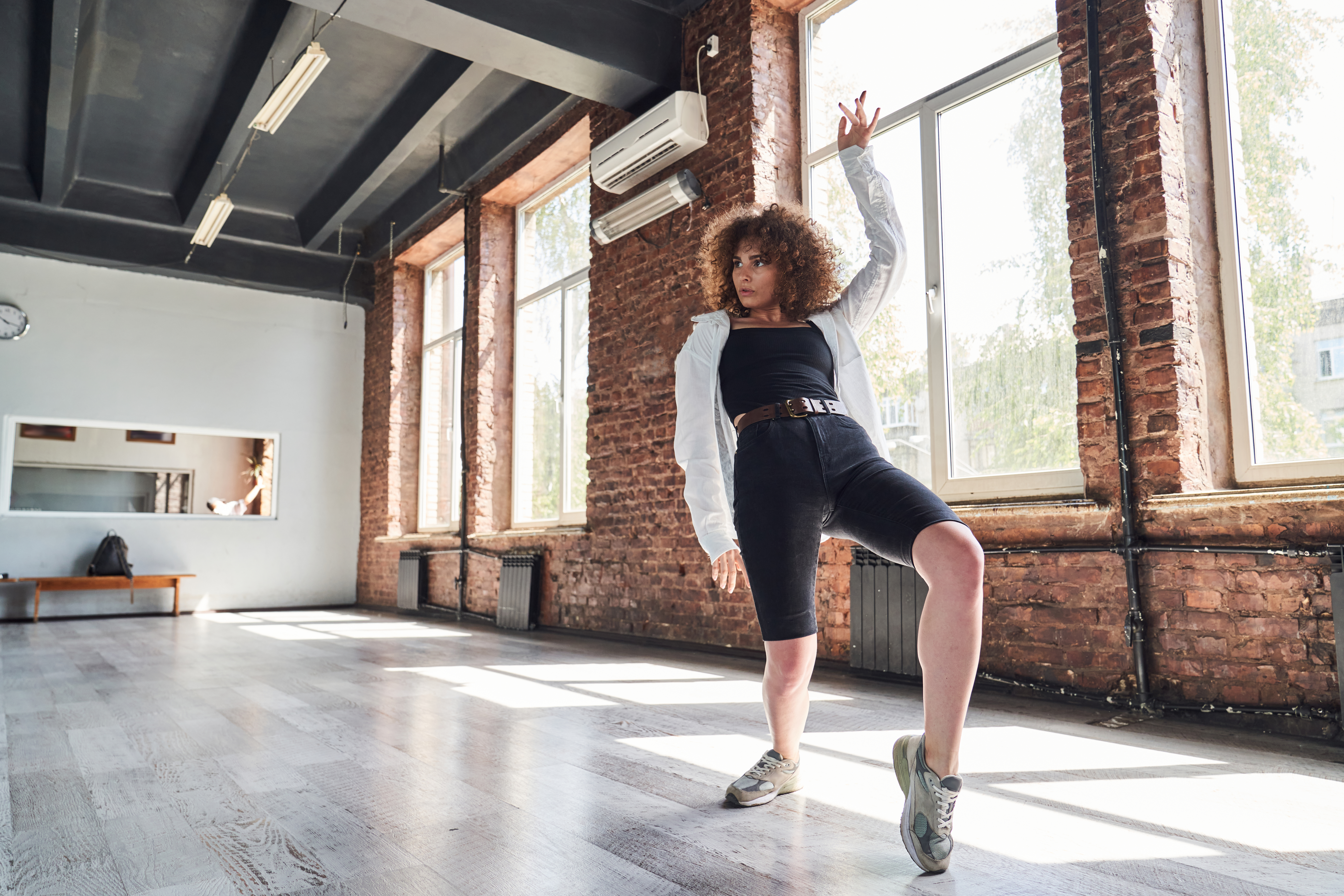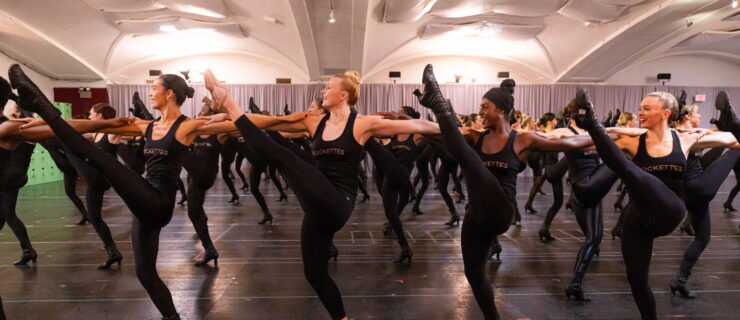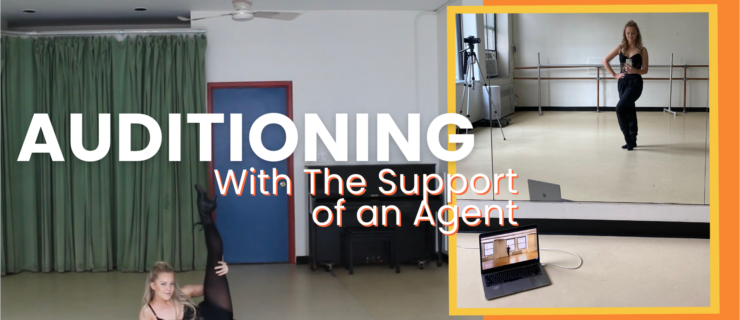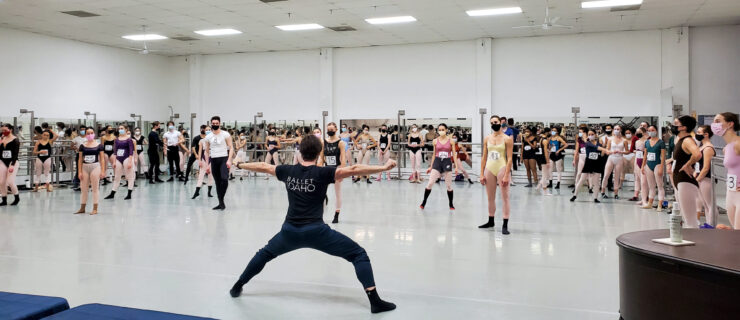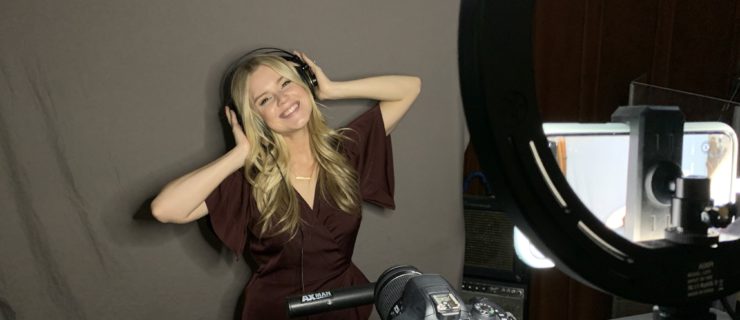What You Need to Know Before Your First Commercial Dance Audition
At 6:30 am on a brisk day in September 2018, Christina Kotsopoulos found herself standing in an open-call audition line for Wicked on Broadway—wholly unprepared for what was about to happen. She had just spent the last four years at SUNY Purchase primarily studying concert dance. The training had taught her foolproof concert audition tips, like how to choose clothing that accentuates your lines. So, when she showed up wearing all black, with her hair slicked into a ponytail and minimal makeup on her face, she was surprised to look around and see that everyone else there was dressed as though they were already in the show (think green).
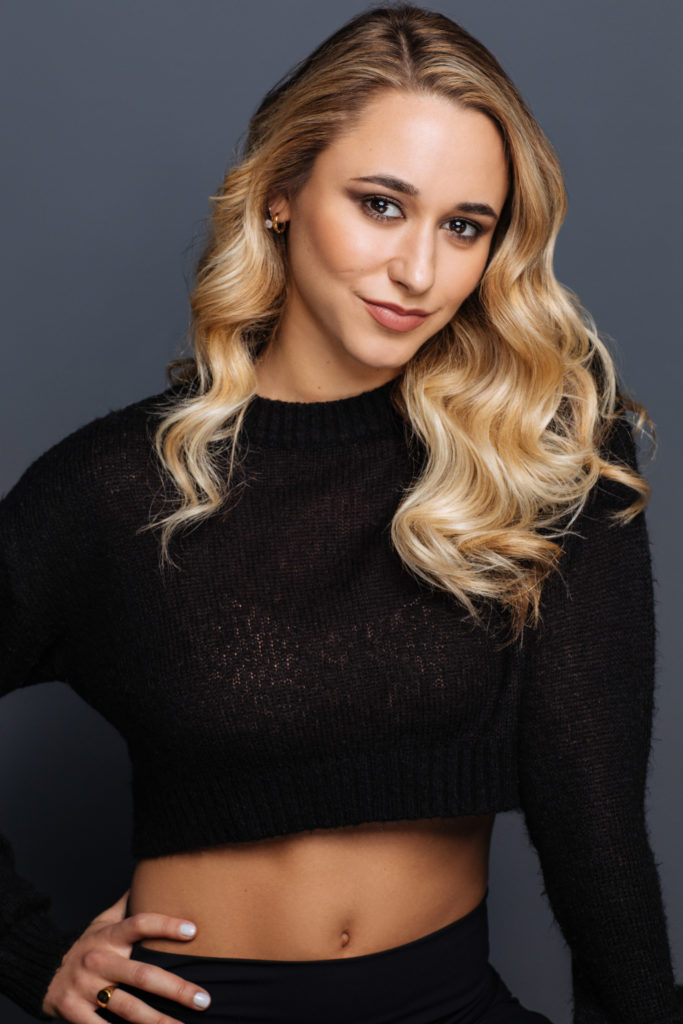
More discrepancies followed—like when the casting team made the first cut 10 minutes after viewing headshots, without even seeing the dancers point their toes. “At that moment, I realized that I had a lot to learn about this part of the dance world,” she says.
Kotsopoulos’ experience isn’t unique. Most concert dancers looking to transition into commercial dance find there is a steep learning curve when it comes to auditioning.
Know That It’s Not Just About Talent
Though it can be difficult to accept, most jobs in the commercial industry are about more than your technique. “You might be the best dancer in the room, but that doesn’t mean you are going to get the job,” says Jim Keith, founder and president of The Movement Talent Agency. “It’s all about your image.”
Some casting directors now vet dancers digitally before they audition in person. A high follower count on Instagram or TikTok can help certain dancers book jobs over others. “A lot of brands want to piggyback on the dancer’s followings,” he says.
Study Up
Just like in concert dance work, one of the best ways you can prepare for an audition is to study the background of the project and those associated with it. “Look up the choreographer,” Keith says. “Watch videos of their work so you can have a grasp of their style ahead of time. If you’re auditioning for a musical artist, study their music videos and tour footage.”
According to Rhonda Miller, director of the commercial dance BFA program at Pace University, dancers interested in Broadway should be familiar with the history of the shows they are auditioning for. “Get to know the styles of different decades on Broadway.”
Hone Your Nondance Skills
Whether it be for film, television or Broadway, there are skills outside of dance that you’re going to need to develop—most commonly, acting and singing. “At that first Broadway audition, I realized that the other dancers in the room had been training vocally their whole life, and I had a lot of work to do,” Kotsopoulos says. She now takes weekly voice lessons, and after years of hard work, she feels confident singing in front of casting directors. “My friends in the concert world can’t believe all the training I’ve had to do outside of dance,” she says. Special skills like tumbling, juggling or even skateboarding can also be useful to expand the jobs you can book.
Expand Your Photo Portfolio
Every concert dancer has that one gorgeous black-and-white headshot that works for every company audition. While that may also have a place in your commercial audition life, it’s not enough. Keith encourages his clients to have headshots that fit several different looks. “If we have a dancer who is 25 and 5’1″, we might submit her for projects for teenage characters,” he says. “We need a headshot that reflects that.”
At the same time, Keith might also submit that dancer for an audition that requires a more mature look, and she will need a headshot that makes her look more grown up. Dancers should also have photos of themselves that are “commercial-casual,” others that are “high-fashion,” and even some that are “sporty.”
Equally important, Miller says, is that your images accurately represent you. “You want to make sure that when you go into the room, the casting director is not surprised by what they see,” she says. “Each agency has their own photographers that they like to recommend to their clients. They should be able to guide you.”
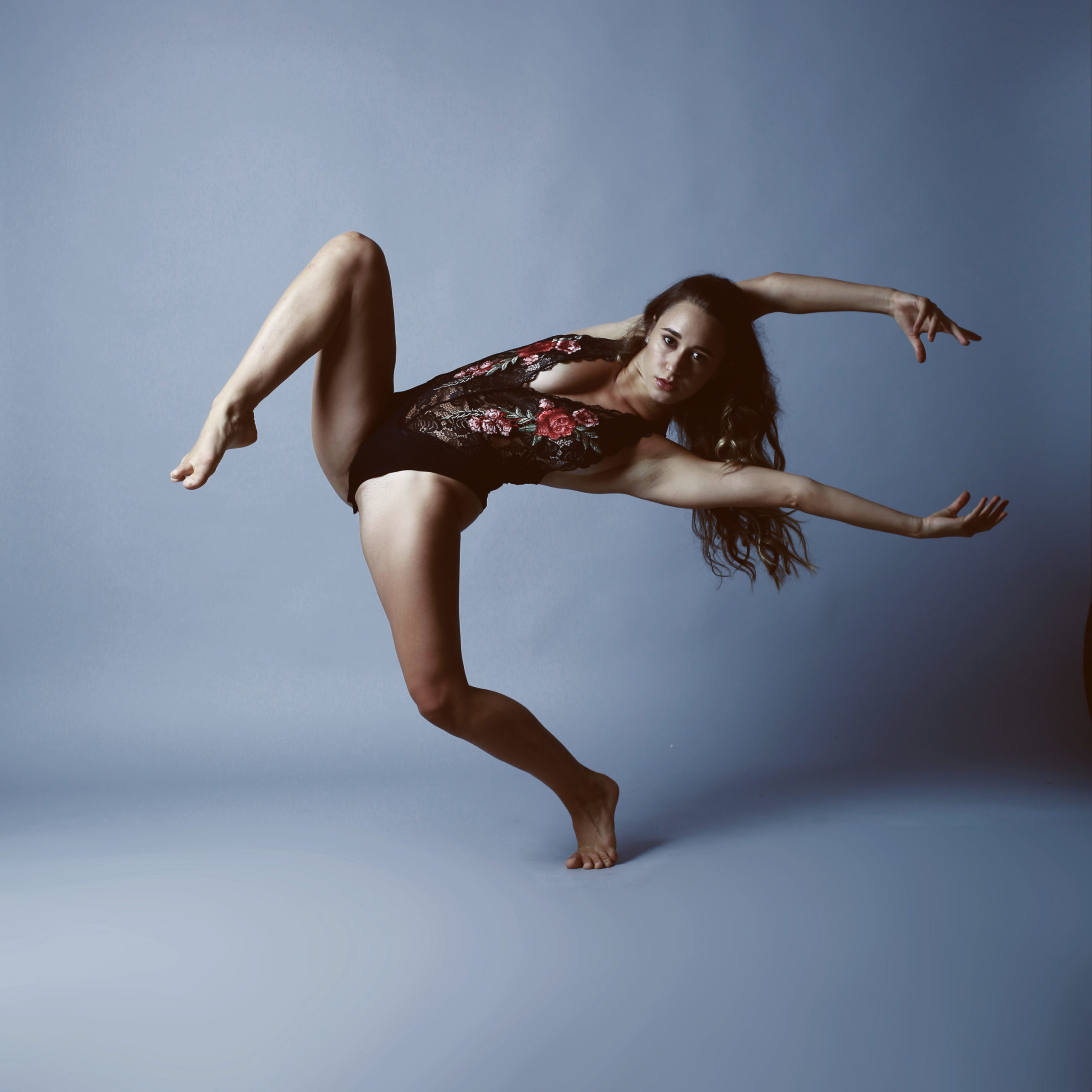
Sharpen Your Speed-Learning
Commercial jobs typically have a short run-time with little rehearsal. During the audition, choreographers need to see that you can pick up movement quickly, and look camera-ready without much hand-holding. Make learning and mastering choreography a priority.
Adjust Your Improv
When asked to improvise at commercial auditions, remember that casting directors are looking for something entirely different than what the artistic staff at a company is looking for. “In the concert world, I’m showing you my movement quality when I improv,” Kotsopoulos says. “In the commercial world, they want to see your tricks, your best moves, your personality and everything you’ve got within just two counts of eight. Don’t be afraid to go there.”
Get Camera-Comfortable
The majority of the commercial world is recorded on camera, so learn how to work it. “You need to make sure that what you would do onstage translates into the lens of the camera,” Kotsopoulos says. “Practice developing confidence onscreen, so that you can bring that to the table when you audition.”
